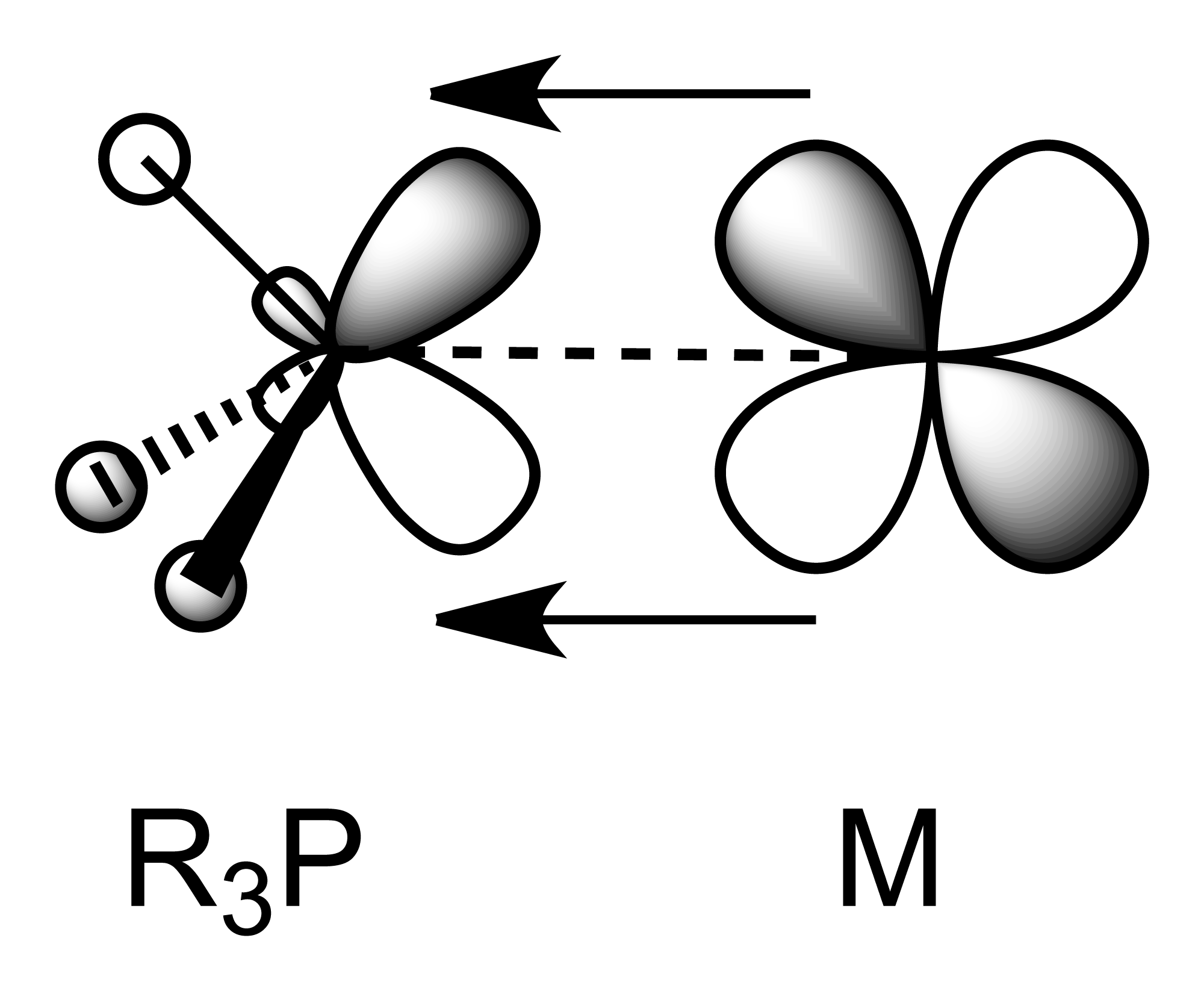Question #77174
1 Answer
dπ-pπ bonding is the formation of a π molecular orbital by the overlap of a d orbital on one atom with a
Explanation:
An example is the orbital overlap in a metal carbonyl such as Ni(CO)₄.
Usually, one atom supplies both electrons to the new bond. If the

Phosphorus does not form dπ-pπ bonds, because the
However, the lone-pair electrons in phosphines (R₃P) make good

Electron withdrawing groups lower the energies of the

PF₃ is almost as good an acceptor as CO. Phosphites [(RO)₃P] are about half as good as CO.

